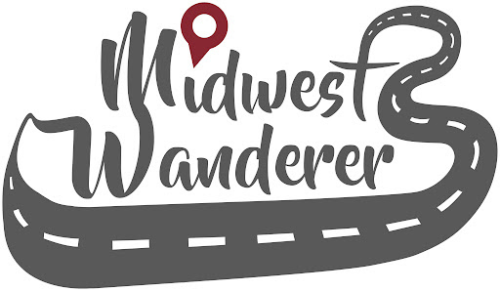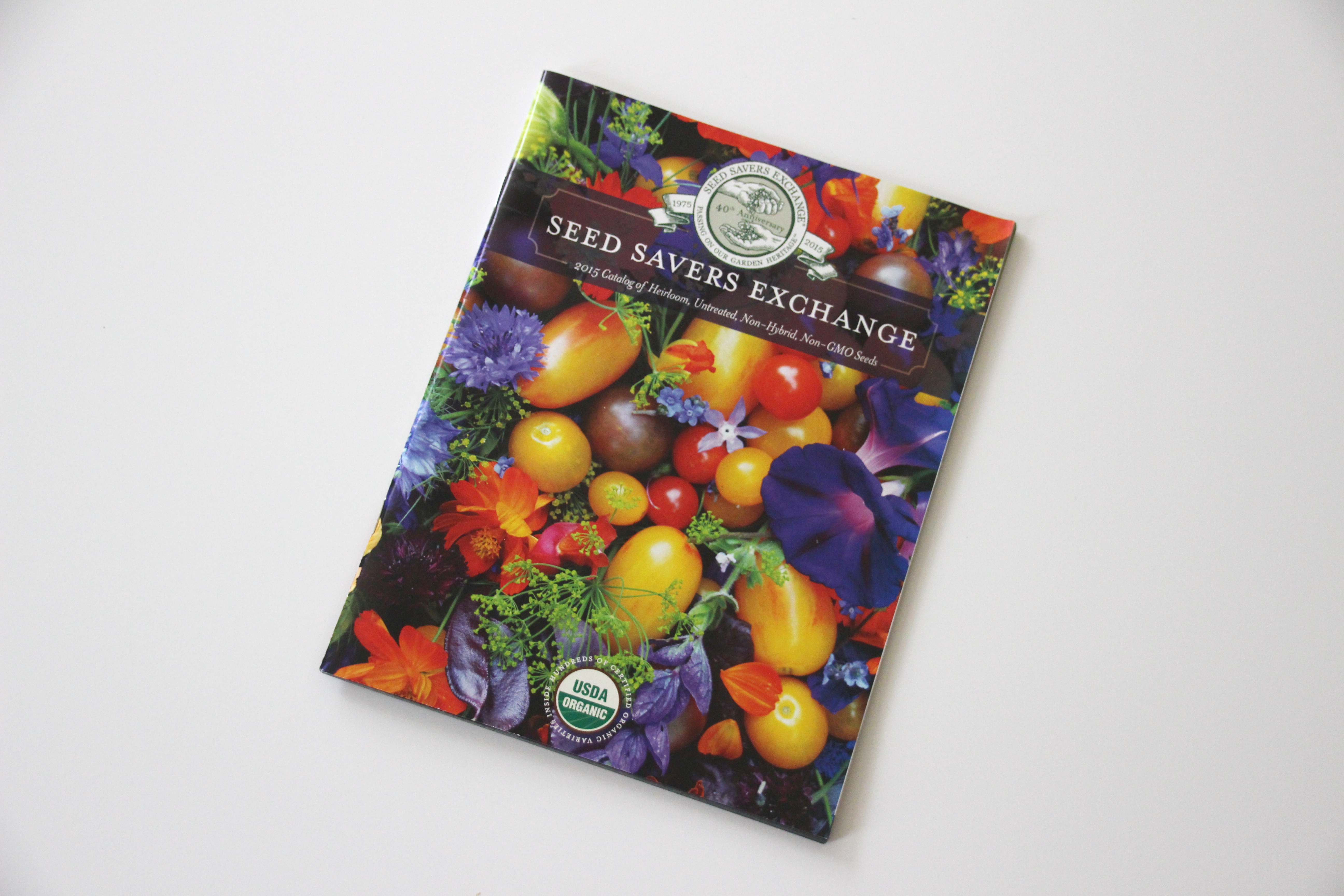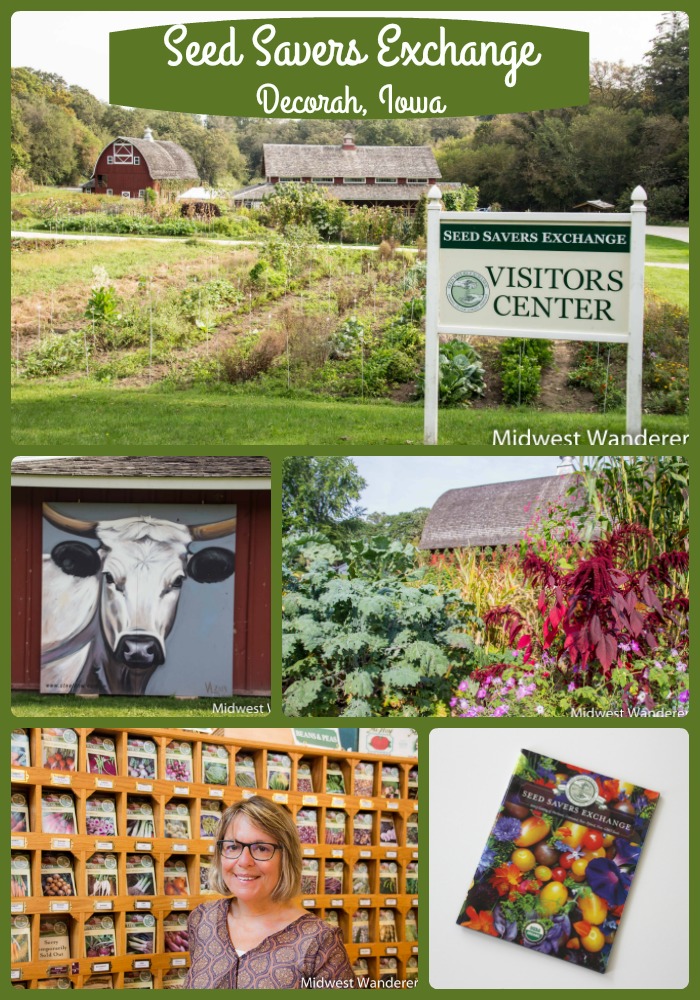Seed Savers Exchange co-founder Diane Ott Whealy fondly remembers passing summer days sitting on the porch of her grandparents’ farmhouse, the porch surrounded by morning glories. So when Diane and her ex-husband, Kent, married and started their first garden in 1975, she wanted morning glories. She asked her grandfather about the ones that he grew. He went into the back bedroom and came out with a little white pillbox filled with tiny black seeds. He explained that the seeds came over with his parents when they emigrated from Bavaria around the turn of the century. Her grandfather also gave them seeds to a German Pink tomato that his parents had also brought with them from Europe. Those two seed varieties were the beginning of the Seed Savers Exchange.
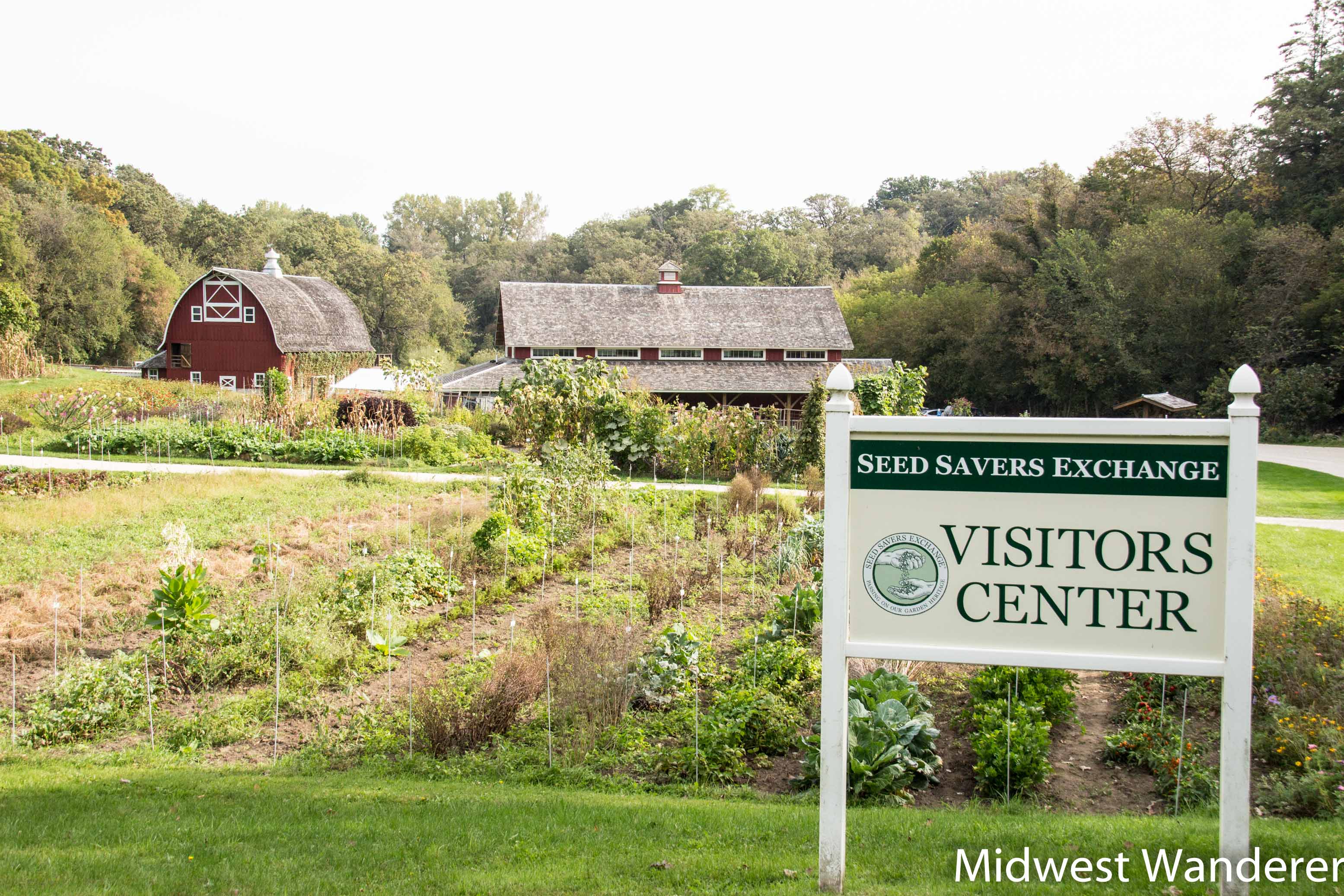 Diane’s great-grandparents weren’t the only immigrants who brought seeds from their home countries. It was common, when people were coming over to the United States, to bring seeds with them, since they didn’t know what they would find when they arrived here. When Diane and Kent placed an ad in Mother Earth News announcing the formation of a seed exchange, they received an overwhelming response. Before they knew it, their house was full of seeds, as well as stories that went along with the seeds.
Diane’s great-grandparents weren’t the only immigrants who brought seeds from their home countries. It was common, when people were coming over to the United States, to bring seeds with them, since they didn’t know what they would find when they arrived here. When Diane and Kent placed an ad in Mother Earth News announcing the formation of a seed exchange, they received an overwhelming response. Before they knew it, their house was full of seeds, as well as stories that went along with the seeds.
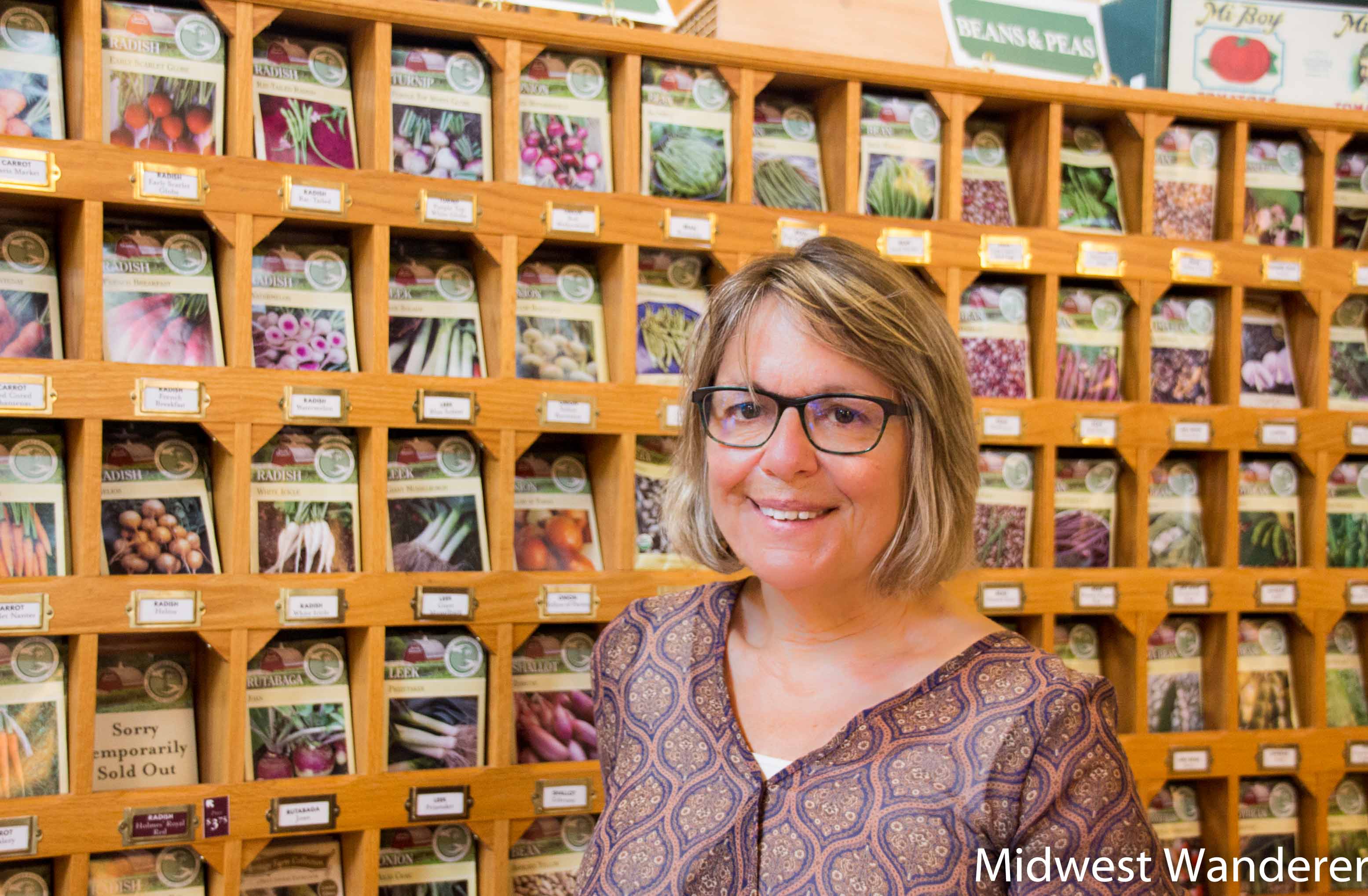
Today the Seed Savers Exchange maintains a collection of almost 30,000 heirloom seeds. It is one of about 1500 seed banks in the world, and hosts 15,000 to 20,000 people from all over North America each year in the visitor center, which is set on an 898-acre farm in Decorah, Iowa.
What is Seed Savers Exchange?
The Seed Savers Exchange mission is to collect, maintain and share heirloom seeds. According to John Torgrimson, Executive Director of Seed Savers Exhange, Seed Savers Exchange’s first priority is the family heirloom, collecting seed donated by individuals who have had the seed passed down through the generations.
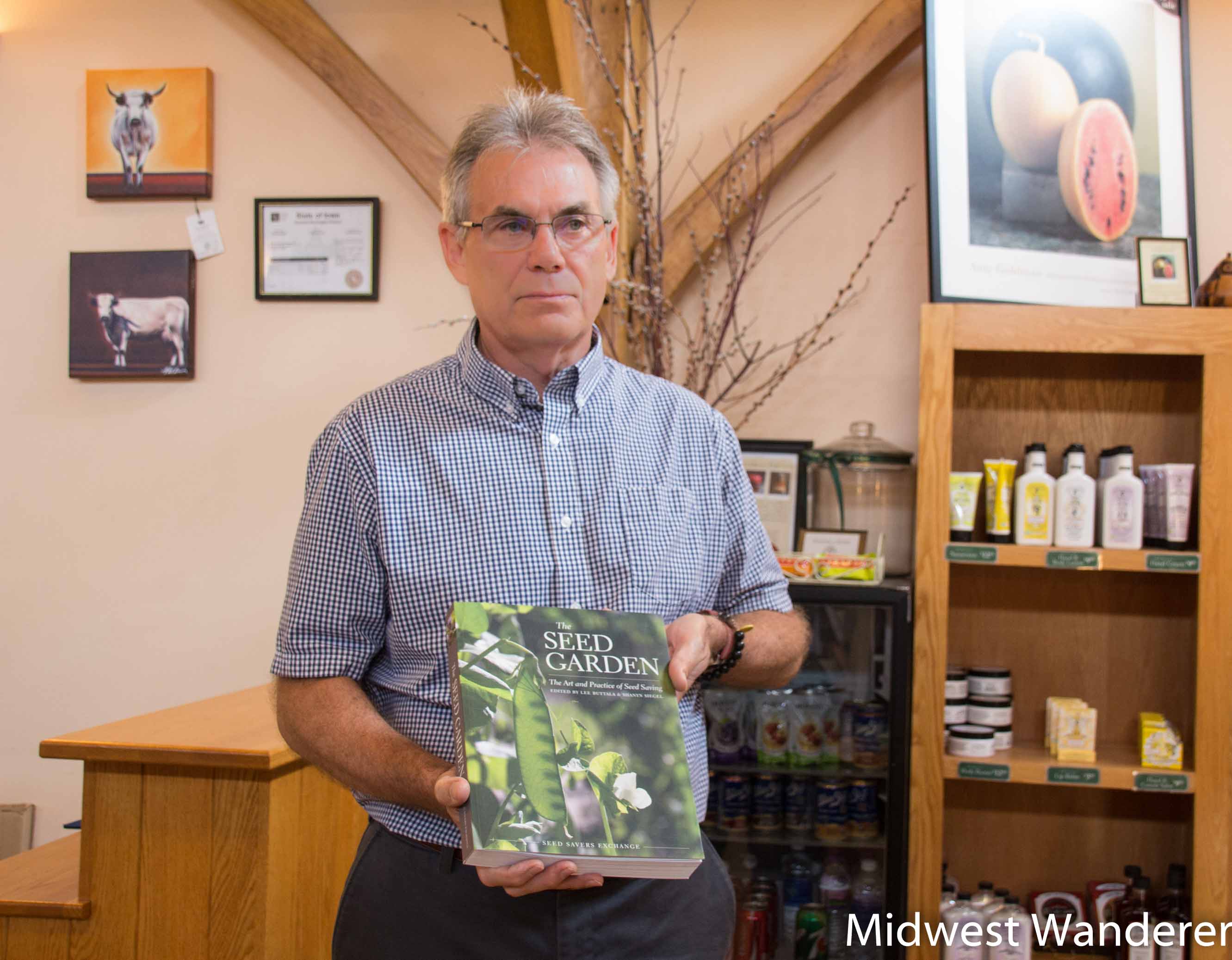
Although the Seed Savers Exchange is a member organization, you don’t have to be a member to purchase seeds, to visit the Heritage Farm or to attend events. Members may list heirloom seeds they have in an annual yearbook, as well as in an online database. They then connect with other gardener members to exchange seeds.
Don’t miss a Midwest Wanderer post. For a FREE subscription, enter your e-mail address in the Subscribe2 box to the right and click Subscribe.
The organization is also very involved in collecting commercial varieties of historic importance. Seed Savers Exchange’s library includes over 800 seed catalogs that document the history of the varieties in America over time. John stated, “Knowing where the variety came from, who grew it, why they grew, who introduced it, it’s really vital for the continuation of that variety going forward.”
Maintaining the seed
John added that Seed Savers Exchange is one of about 400 banks in the world that uses science-based protocols for maintaining their collection. They used to grow out the seeds on a ten-year cycle. However, that practice became labor intensive given that they had 20,000 varieties. Now they do a lot of work in the labs. They test 1500 to 3000 varieties each year to verify whether the germination on that variety is still strong. If not, they grow it out and collect new seed from it.
They also grow out about 400 varieties each year for evaluation purposes, documenting the growth from planting to harvesting seeds from it. They can then compare it the next time they grow it out.
Depending on how a plant is pollinated is a determining factor in the location and environment of where it’s planted to ensure there is no cross pollination. They anticipate, with the methods they use for growing and storing the seeds (seeds are kept at 0 degrees Fahrenheit), varieties should be viable for at least a hundred years.
Visiting the Seed Savers Exchange Heritage Farm
Visitors are welcome at the Seed Savers Exchange. In the Lillian Goldman Visitors Center you’ll learn the history of the organization. You can also purchase heirloom seeds and gardening supplies at the visitor center.
Outside, display gardens and the orchard that includes over 900 varieties of apple trees inspire your own gardening plans.
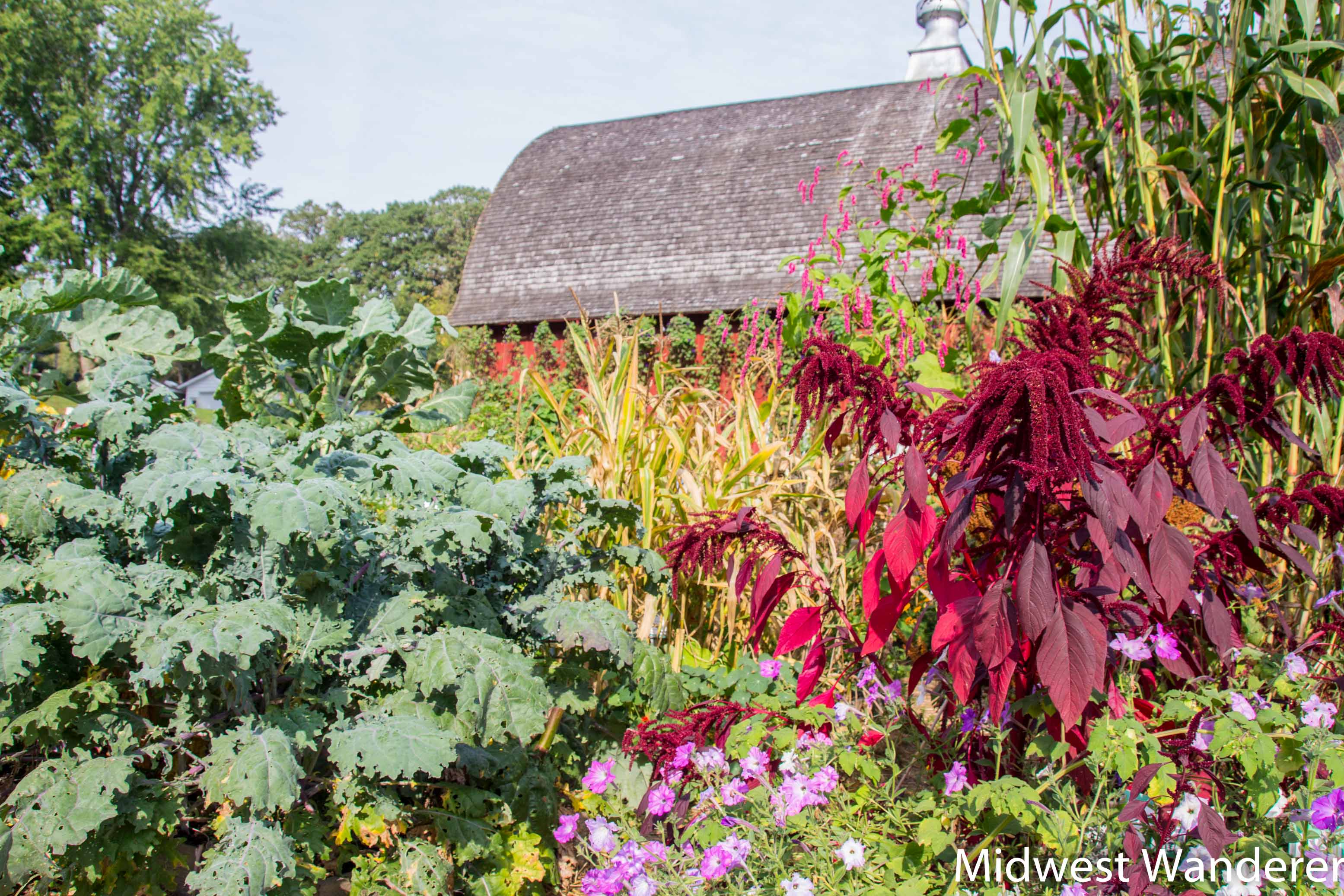
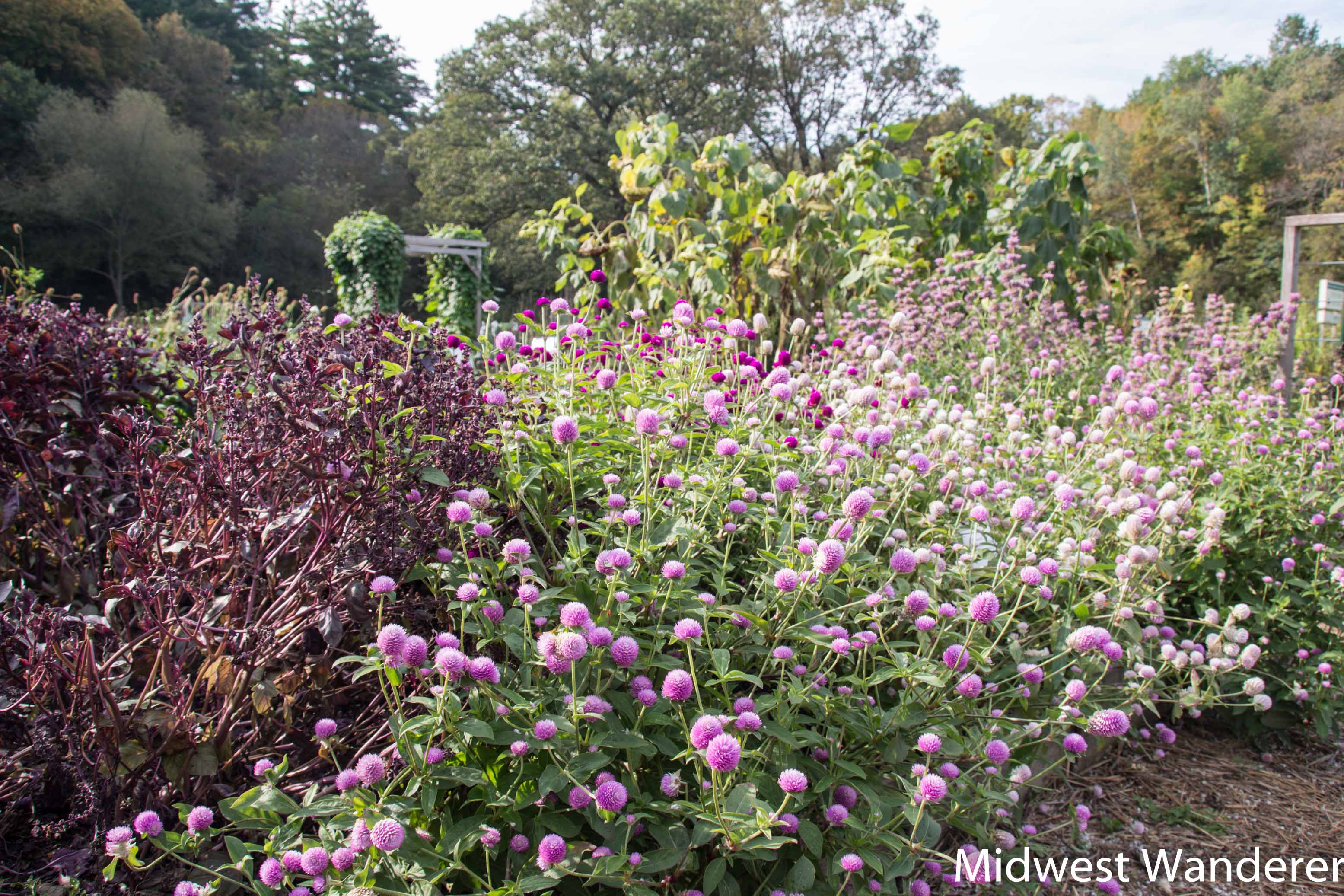
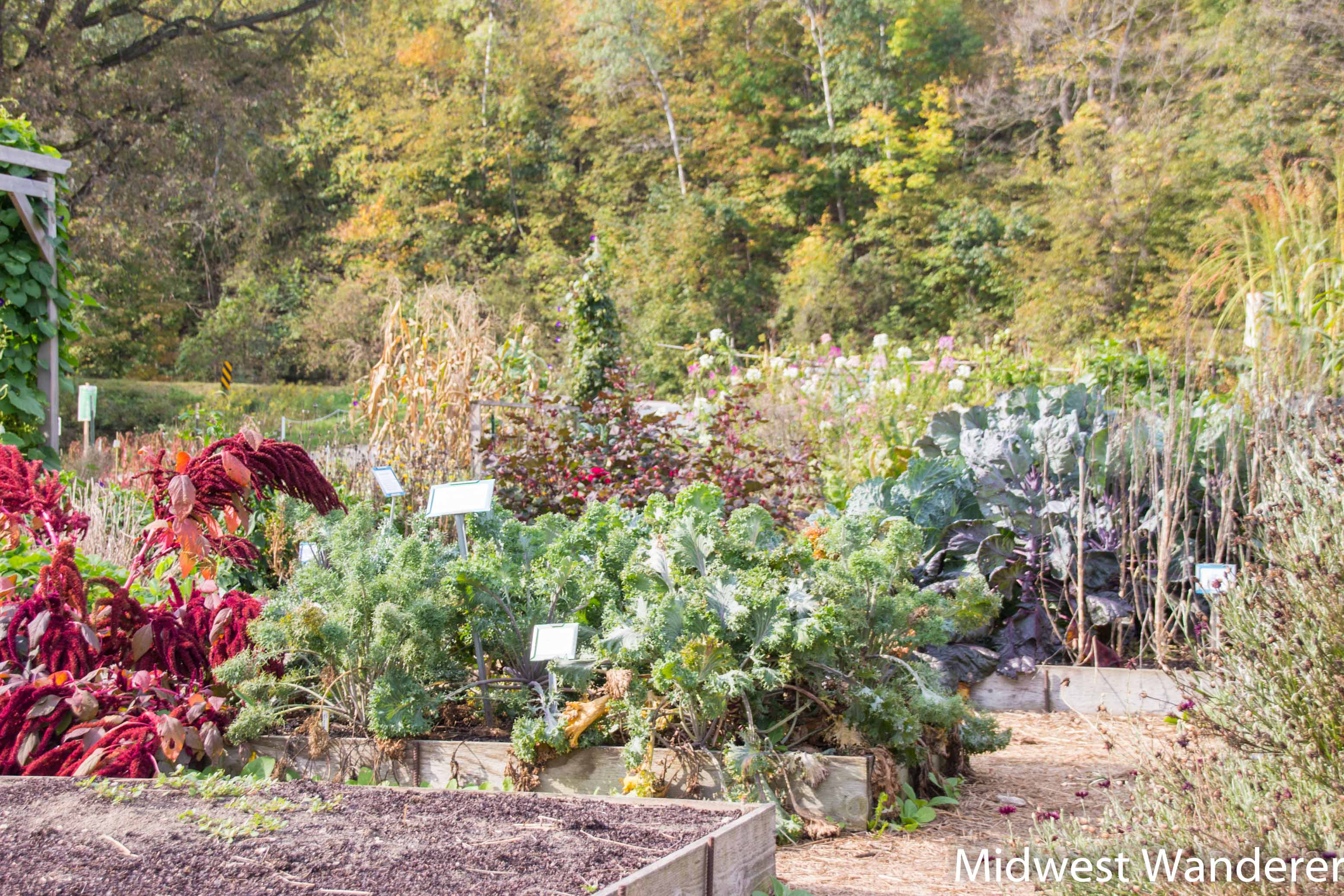
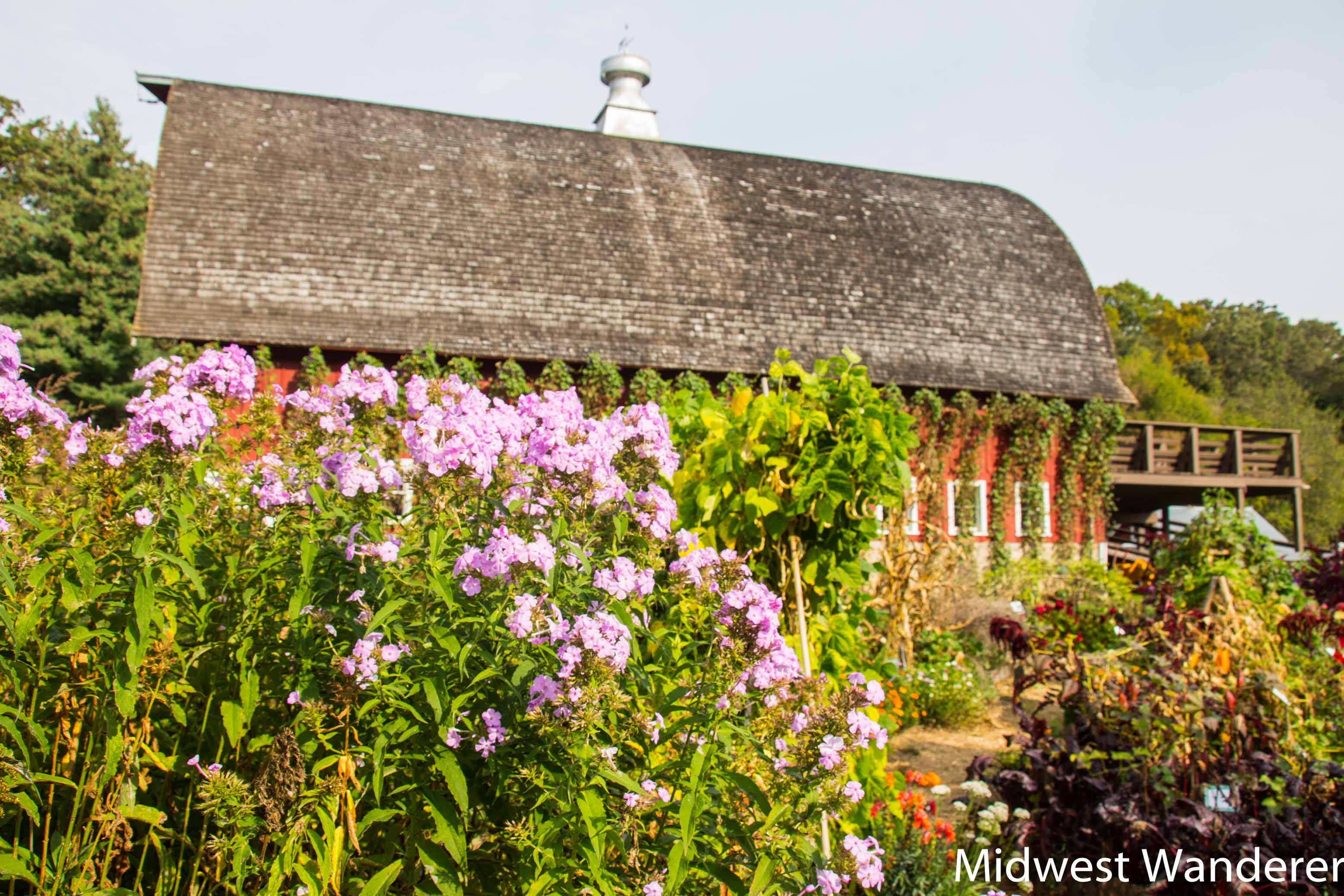 Besides plants, visitors can also hike trails, fish in a trout stream or check out the herd of Ancient White Park cattle, a rare breed from the U.K. We happened to visit on a day the vet was there, and the cattle were feeling a bit anxious. We were warned not to get too close to the horned animals because of their mood that day, so I wasn’t able to get good photos of them.
Besides plants, visitors can also hike trails, fish in a trout stream or check out the herd of Ancient White Park cattle, a rare breed from the U.K. We happened to visit on a day the vet was there, and the cattle were feeling a bit anxious. We were warned not to get too close to the horned animals because of their mood that day, so I wasn’t able to get good photos of them.
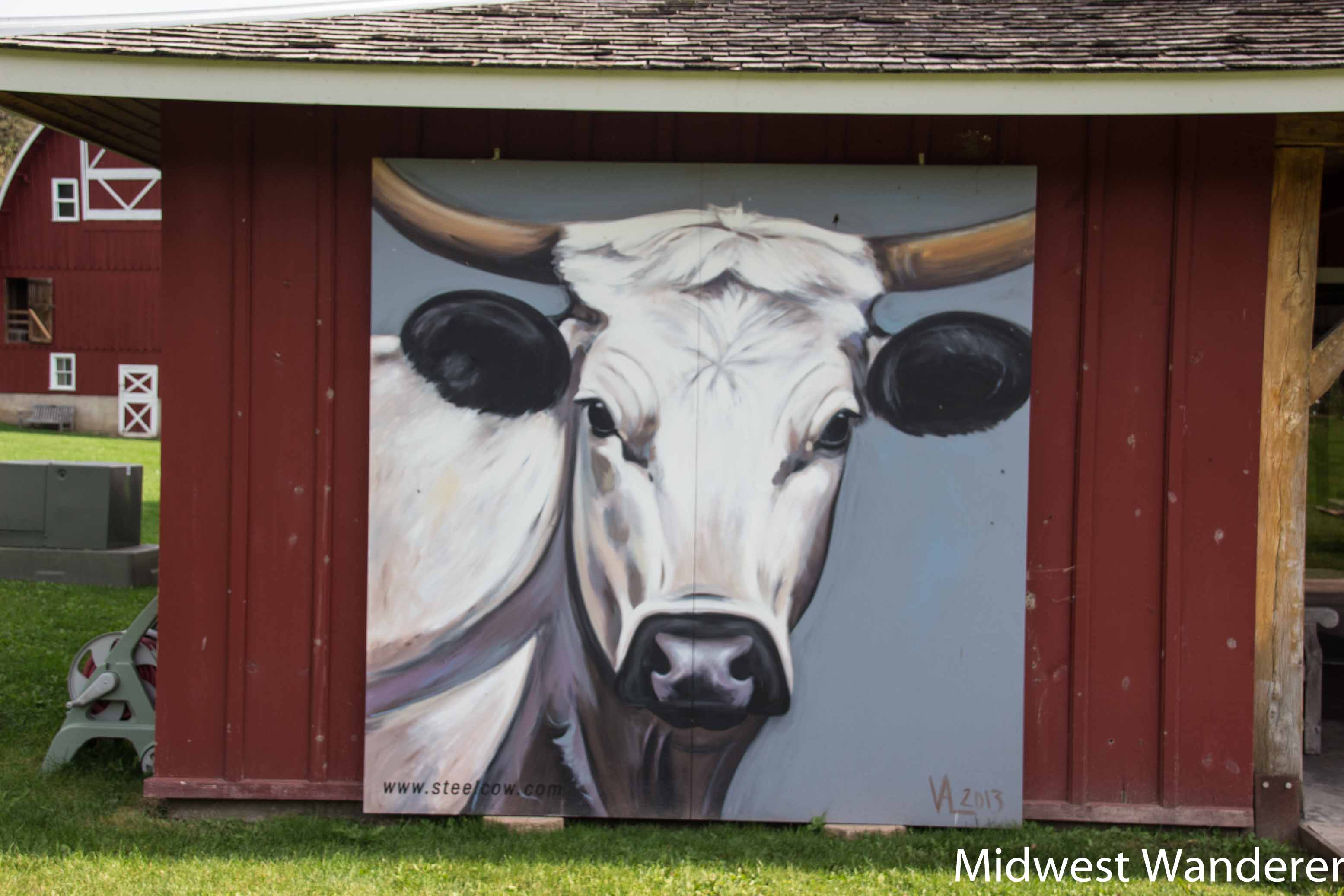
Seed Savers Exchange events
Events at the Seed Savers Exchange range from learning gardening techniques to cooking with heirloom fruits and vegetables to concerts. One event that especially interests me is Tomato Tasting, coming up in 2017 on September 2. They’ll have dozens of tomato varieties available to sample, including rare breeds from the seed bank. You can also learn how to save tomato seeds and how to put tomatoes away for the winter.
If you visit the Seed Savers Exchange
The visitor center at the Seed Savers Exchange Heritage Farm is located at 3074 North Winn Road in the Northeast Iowa town of Decorah. Check the web site for hours, as they vary by season.
If you can’t get there before planting season, you can purchase Seed Saver Exchange’s heirloom, untreated, non-hybrid, non-GMO seeds from their catalog or online.
Accommodations: I stayed at the Hotel Winneshiek during my visit to Decorah. Check rates here
Pin It!
**********
Disclosures: My visit to the Seed Savers Exchange was hosted by the Iowa Tourism Office, but any opinions expressed in this post are my own.
This article contains an affiliate link, which means that if you book a room using the “Check rates” link above, I will receive a small commission at no additional cost to you.
Thank you for reading Midwest Wanderer. Don’t miss a post. Enter your e-mail address below and click Subscribe to be notified whenever I publish another post. Subscription is FREE. After subscribing, be sure to click the link when you get the e-mail asking you to confirm. – Connie
